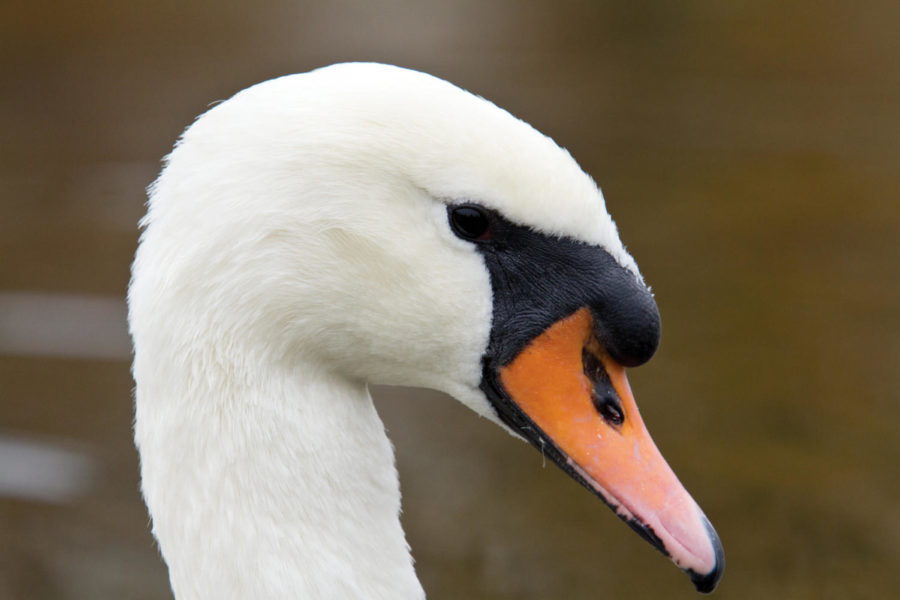Nading: It’s about swanning time
Photo: Megan Wolff/Iowa State Daily
Opinion: Nading 10/24
October 24, 2012
One of the most prominent, well-known and fluffy traditions on campus are the beloved Lancelot and Lady Elaine, the mute swans who live by Lake LaVerne.
In order to better understand the tradition, it’s important to know its history. In 1935, a pair of mute swans were given a home on the lake. The university tried to change to trumpeter swans in 1995 because they are a once-native bird to Iowa. However, tendencies of the trumpeters, like their aggressive nature and an unfortunate habit of wandering too close to Lincoln Way, got the breed dismissed from the lake and the mute swans were reinstated.
Today, the swans are loved by most students, faculty and visitors of Iowa State’s campus. It’s a unique feature to have a little piece of wildlife within a campus in a city the size of Ames. Anyone who watches the swans knows they tend to keep to themselves out in the middle of the water or on the outer grassy bounds of the lake. However, there are two occasions in which the pair can be seen venturing out of their normal realm of the water.
The first is when the geese, who have also decided to claim Lake LaVerne as home, decide to get a little too brave and cross into the swans’ territory. If you haven’t yet gotten to witness the epic geese vs. swan showdown on Lake LaVerne, put it on your ISU bucket list now.
The second occasion is in the springtime when the pair makes a nest and lays their eggs.
Some of you may be confused by the statement of the swans laying eggs in the spring. If they’re laying eggs, then why aren’t there any baby swans waddling around the lake as school is about to end? Here comes the other fun and little-known fact about the swans on Lake LaVerne.
Contrary to the popular belief that their names lead people to believe, both Lancelot and Elaine are female mute swans.
The university has chosen to use nonbreeding pairs of swans for quite some time. The pair had been a male duo for many years until 2003, when the Facilities Planning and Management staff switched to a female pair because they were less aggressive than the males. However, female swans bring a whole new problem to the lake than males. For those of you who have been around Lake LaVerne during the spring, you might have noticed the swans hanging around odd places for long periods of time. Last year it was by the water pump connected to the lake on the west side, and two years ago they went as far as being off of the lake, across the sidewalk and by a bench close to the Memorial Union.
And if you look close enough, you’ll see why they chose to stick around those quirky places: They are making a nest to lay their eggs. Another red flag should be rising in your head right about now. If they are both females, how do they still have eggs? Here’s another fun and little-known fact about swans: The females will lay eggs each spring regardless of whether they are fertilized or not. The sad part is that they don’t know the difference between laying eggs that will hatch and ones that will not.
Melanie Nelson is a trustee of the Swan Sanctuary in the United Kingdom. I reached out to her in an email about mute swans and their depression issues. She commented on swans and their reactions to unfertilized eggs: “Swans can indeed become depressed if their eggs don’t hatch — not such a surprising reaction since they are geared to procreate driven by nature. Both male and female may become depressed. This depression takes the form of listless behavior, not eating and not caring for themselves. Some have even been known to simply die.”
It’s really a sad thought as well as sight — seeing the swans make a nest each year, sit on it for lengthy periods of time and never to have their eggs hatch into cygnets. Luckily Lake LaVerne has not seen Lancelot or Elaine die from depression, but their behavior can be seen as very agitated during and around when their eggs should be hatching.
University Facilities Planning and Management staff do their best to accommodate the swans’ persistent nesting and laying of eggs. The staff removes the eggs and disperses the nest after an appropriate amount of time. After the nests and eggs are removed, the swans will sometimes still try to recreate the removed nest. However, if it’s done at the right time, the swans will usually accept the changing of seasons and move back into their normal routine.
Therefore, whenever we celebrate staple events of Iowa State such as Homecoming and Veishea that highlight Lancelot and Elaine, we should not only appreciate the presence of beautiful waterfowl in our city, but also recognize them as partners in the Cyclone nation by understanding their needs and their uniqueness, and working to help them thrive.

















